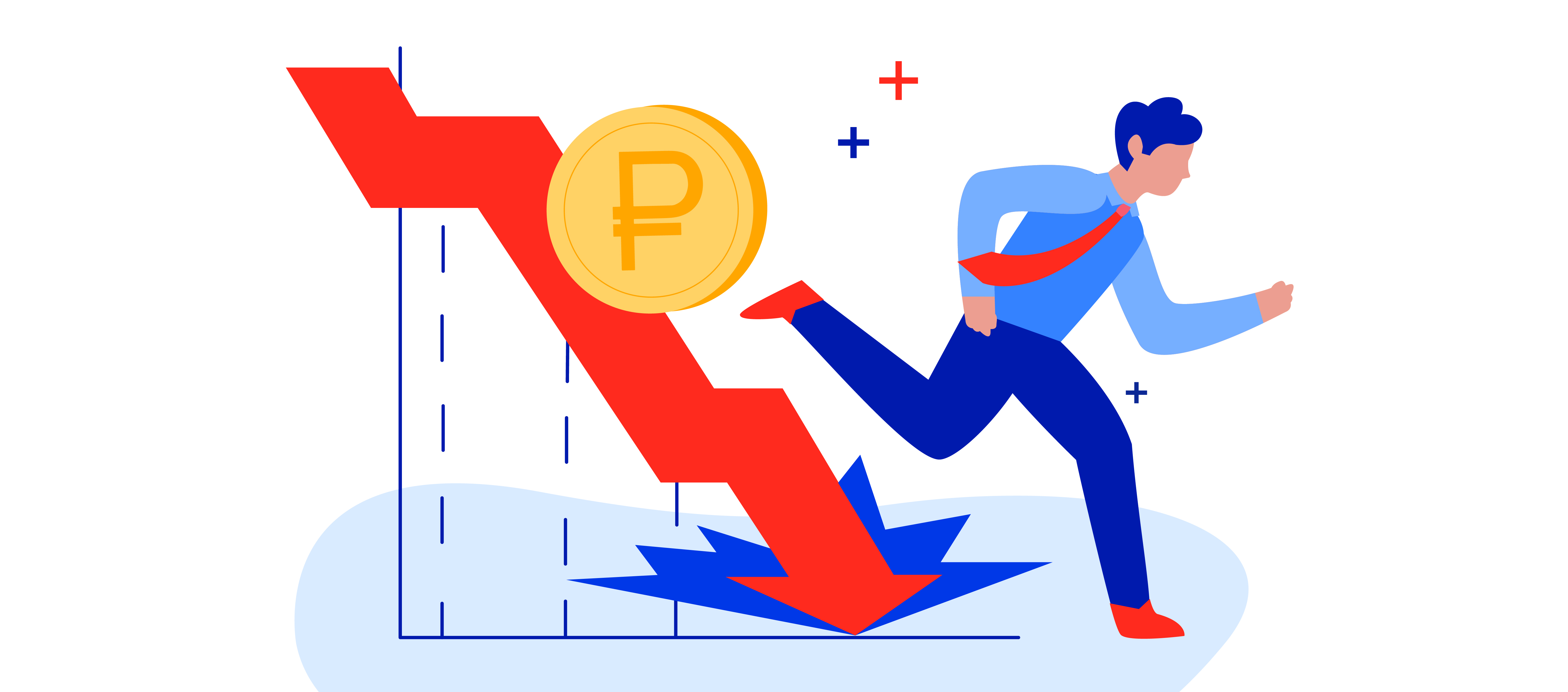The Fine Art of Monetizing Services
How to optimize revenue for your service business with the help of your billing system? Services Are The Key To Lasting Business Success In today’s...
2 min read
 Petri Takala
:
Feb 22, 2022 8:45:00 AM
Petri Takala
:
Feb 22, 2022 8:45:00 AM

You might not be aware, but according to EY* it is estimated that businesses leak about 1-5% of their EBITDA in revenue. Just like with any leak, it goes unnoticed but could lead to structural damage. Only 10% of revenue leakage could lead to 30% lower profits.
For companies in SaaS and recurring revenue, that can potentially mean structural damage in the business. In this blog, we will discuss why it is crucial to look at revenue leakage, and how to solve it.

Leaks are everywhere, but some have more impact than others.
Traditionally, leaks could be services or items not billed to clients, which is still the bulk of the leaks we traditionally see at our clients. In SaaS or recurring business, leaks can also occur because of wrong pricing assumptions, mismatches with supplier contracts and volumes, inaccurate billing data or simply missing items in the cost calculations.
If you have leaks combined with pricing inflexibility, it will be hard to recover the lost revenue.
Registering and capturing billing events and linking them to contracts is the key to a watertight billing process. But, with more and more external services it is hard to get the data at the right time at the right place.
In practice, this means, getting the billing events carefully collected and booked before the actual bill is sent. Keeping track of billing events during the billing period requires a good billing process set-up, billing discipline but mostly automation and system integrations.
Ideally, real-time insight into the contract performance would be great. Especially since SaaS pricing is often based on competitor pricing and cost assumptions, there is great risk in cost fluctuations. Small ripples caused by revenue leaks can thus create large floods when you view them in the light of the contract lifecycle.
A keen eye on visible and invisible costs will give you not just a better pricing performance but will also increase the overall profitability of your business.
An agile billing platform allows you to manage your contracts digitally and dynamically, combined with a flexible capturing of billing items. Traditionally contract management and billing are two separate rigid systems, however, an agile billing platform can flexibly capture and process billing events accurately and match them against your contracts.
This not just keeps you and your customers up to date on their usage, but also gives you actionable insights into your business performance. After all, wouldn’t you want the best instruments when sailing rough seas?
If you feel your billing needs will outgrow your current recurring revenue billing solution, or if you are just curious to learn how Good Sign does things differently, feel free to take us to the test! We will gladly take on your challenge and prove to you it can be done, and that the new world lies beyond just subscriptions.
* https://www.ey.com/en_be/consulting/revenue-leakage--how-do-you-identify-revenue-leakages-in-your-co

How to optimize revenue for your service business with the help of your billing system? Services Are The Key To Lasting Business Success In today’s...

There is a good chance that billing is considered a routine job in your company, recurring after the end of each month. The process is reactive and...

Billing Might Hurt Your Business No, we are not talking about receiving an invoice from a supplier. That is what we would call self-inflicted pain....